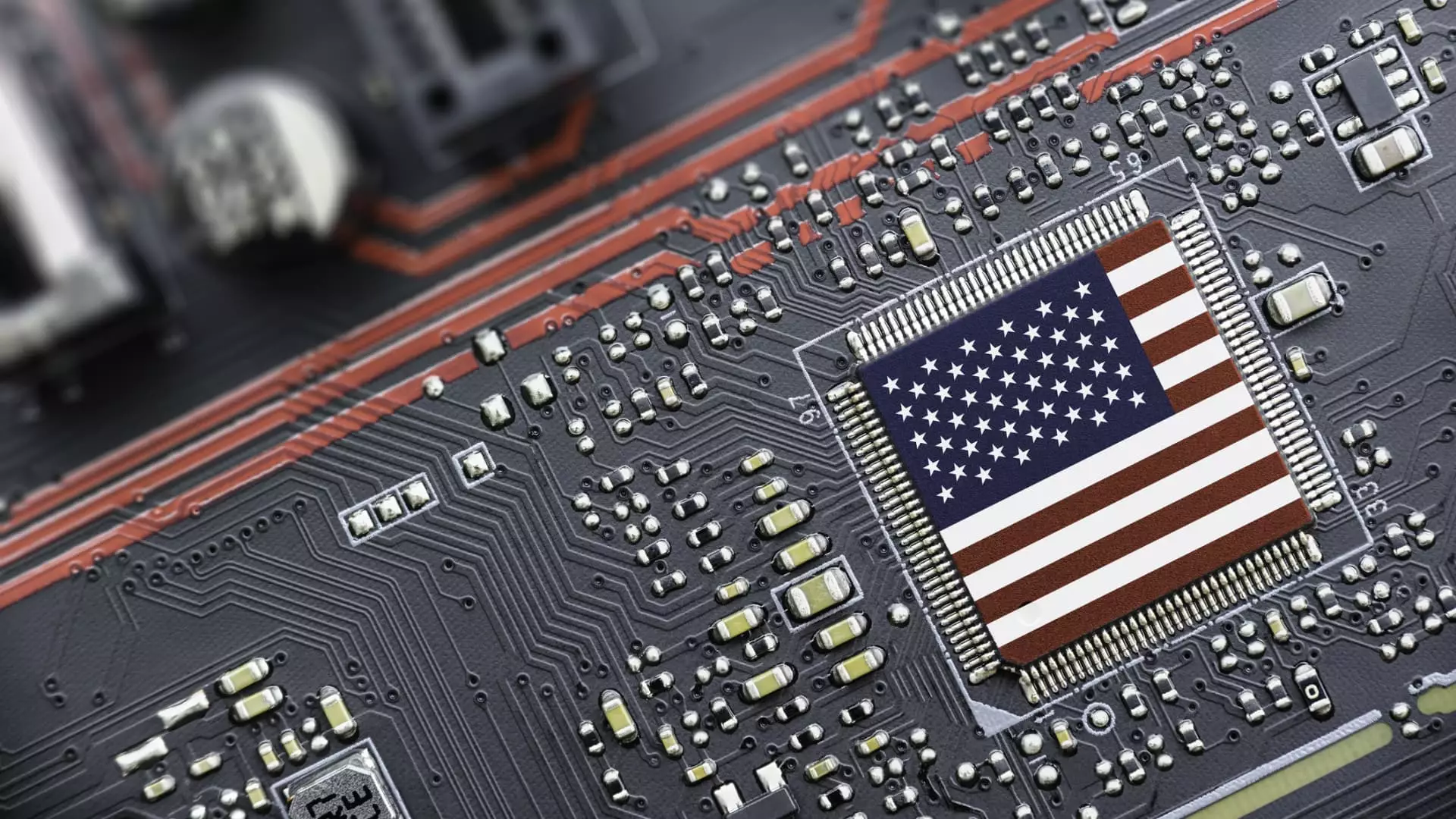The U.S. Commerce Department has embarked on an ambitious investigation regarding the state of semiconductor imports, drawing significant attention to the vulnerabilities inherent within the national supply chain. This move, which emerged in a Federal Register notice, underscores an urgent reality: U.S. reliance on foreign semiconductor technology poses a considerable risk to national security. Given that semiconductors are the lifeblood of modern electronics, such an investigation has profound implications for the United States’ attempts to maintain its technological edge amid a resurgence of global trade wars. This isn’t just a mere economic adjustment; it’s an essential recalibration of priorities as tensions between superpowers continue to escalate.
Trump’s Tariff Strategy: A Double-Edged Sword
The recent proclamations from President Trump concerning tariffs reveal a complex, often contradictory, strategy. While he asserted that certain electronic products might be exempt from his administration’s tariff plans, the reality is that semiconductors remain in a precarious position. The Commerce Department’s investigation signifies an intention to possibly levy additional tariffs, targeting semiconductors and their related technologies. This approach raises questions about whether these measures will indeed bolster domestic manufacturing, or whether they might inadvertently escalate costs for consumers and businesses alike. Trump’s tariffs could be seen as a double-edged sword, aiming to stimulate U.S. production while simultaneously risking the economic relationships that underpin the current global supply chain.
Public Commentary: Engaging Stakeholders
One particularly interesting aspect of this investigation is the open invitation for public comments. By encouraging dialogue from various stakeholders—including industry leaders, economists, and concerned citizens—the government is fostering a participatory approach that could yield nuanced insights. However, one must wonder if this is merely symbolic. The turn towards solicitations for feedback may also serve as a public relations maneuver, aiming to present the administration as inclusive and receptive to the needs of those affected by such potentially disruptive trade policies. It remains to be seen how these comments will influence actual decision-making, but the opportunity for discourse is crucial in navigating the complexities of modern manufacturing.
The Future of Semiconductor Manufacturing in America
With the announcement of additional tariffs on the horizon, the question beckons: can we truly revitalize the semiconductor industry domestically? The investigation points to the feasibility of bolstering U.S. production capacity, a move that is not without its challenges. The recent establishment of the CHIPS and Science Act, granting $280 billion to incentivize domestic manufacturing, represents a significant stride forward. Major players like Nvidia are already taking bold steps by planning to design and produce AI supercomputers entirely within U.S. borders. Moreover, companies such as Taiwan Semiconductor Manufacturing are reportedly increasing their investments in U.S. production, pledging billions to enhance local manufacturing infrastructure. This momentum signals a potential shift in the semiconductor landscape, but it will require sustained commitment and robust policy support to see it through.
The Broader Implications for Global Trade
The exploration of tariffs on semiconductors must also be contextualized within the larger framework of international trade dynamics. As the U.S. moves to increase its self-reliance, it is essential to consider how this could affect relationships with major semiconductor-producing nations like South Korea and Taiwan. Although the idea of onshoring appears appealing, it could foster hostility and retaliatory trade measures that may further complicate a precarious global economic landscape. The challenge lies in striking a balance between protecting national interests and maintaining cooperative relationships that are vital for innovation and technological advancement.
The U.S. semiconductor investigation and the associated policy decisions are not just about chips; they are about the broader implications for national security, domestic economic stability, and the essence of global trade relationships in the years to come. The actions taken now will echo through the technological corridors of the future, shaping America’s standing in an increasingly competitive world.


Leave a Reply